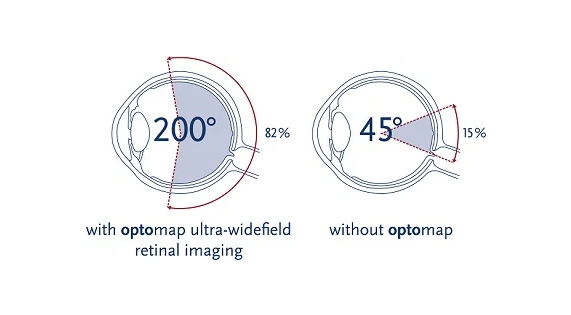Retinal Detachment
When the retina detaches, it is lifted or pulled from its normal position. If not promptly treated, a retinal detachment can cause permanent vision loss. Anyone can get a retinal detachment; however, they are far more common in nearsighted people, those over 50, those who have had significant eye injuries, and those with a family history of retinal detachments.
What are the different types of retinal detachments?
Rhegmatogenous [reg-ma-TAH-jenous] – A tear or break in the retina causes it to separate from the retinal pigment epithelium (RPE), the pigmented cell layer that nourishes the retina, and fill with fluid. These types of retinal detachments are the most common.
Tractional – In this type of detachment, scar tissue on the retina’s surface contracts and causes it to separate from the RPE. This type of detachment is less common.
Exudative – Frequently caused by retinal diseases, including inflammatory disorders and injury/trauma to the eye. In this type, fluid leaks into the area underneath the retina (subretina).
Early detection of all of these diseases and conditions mean successful treatments can be administered which reduces the risk to your sight and health.

